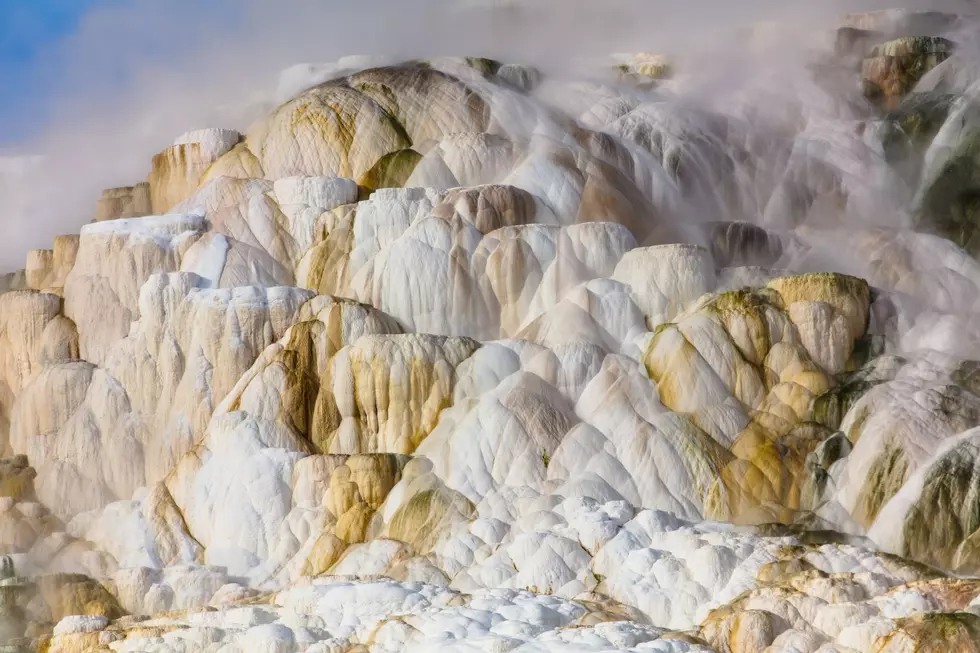
One of Yellowstone’s Most Iconic Hot Springs Has Gone Dormant
According to Yellowstone National Park, a couple of days ago, Canary Spring—one of the iconic hot springs of the Mammoth Hot Springs—went dormant.
You can see the difference in the comparison photos from July 20 and August 3. While this is a dramatic change, it is not the only time this hot spring has gone dormant.
July 20
August 3
Throughout history, it was recorded as active in July 1884, but inactive in October 1884, and then re-active in 1885. It was active in 1904, and then inactive from 1914 to 1924. A period of great terrace formation started in 1924, as Canary Terrace and Butterfly Terrace formed around the spring. Between 1925 and 1932, the spring went through many periods of activity and dormancy.
Between 1932 and 1948, there wasn't much documentation about Canary Spring's activity, save for the Haynes Guide stating the spring was inactive from 1939 to 1948, but active again between 1954 and 1984. In 1991, a 6-inch spouter was observed at the very top of the spring. In the fall of 1993, it was documented that travertine formation has increased and water flow shifted toward the wood observation platform. Between 1995 and 1997, there was increased runoff towards the Mammoth Corrals.
On September 26, 1998, Canary Spring went dormant and the next day there was no water visible—the last occurrence of this was in 1970. On October 3, 1998, the main vent began flowing again. In 2006, it went dormant for about 24 hours and then over four days slowly regained activity.
There is no way of determining when Canary Spring will become active again.
Social Distancing Zodiac
More From 100.7 KXLB









